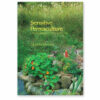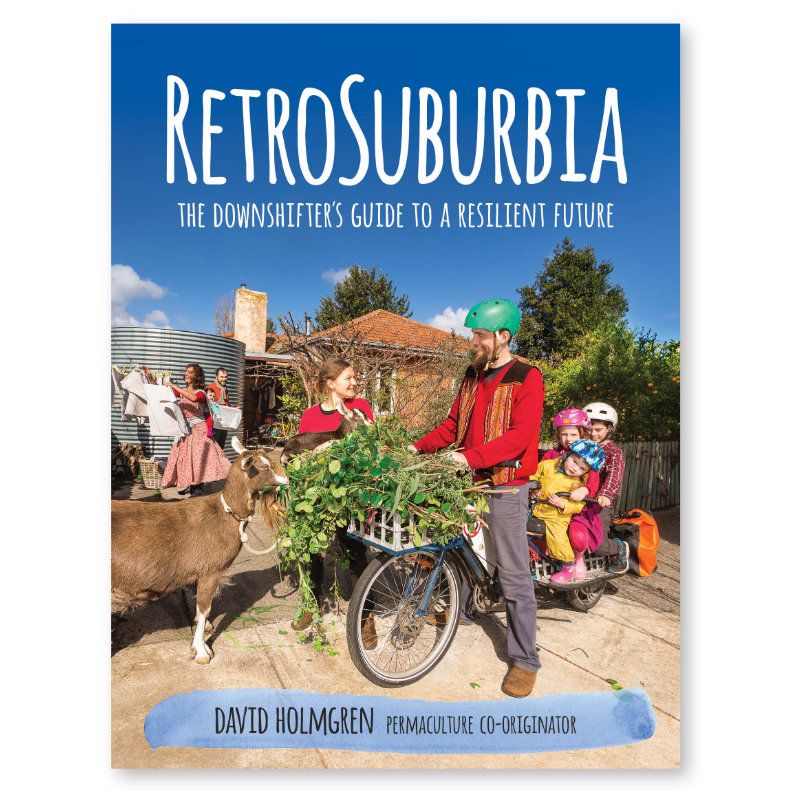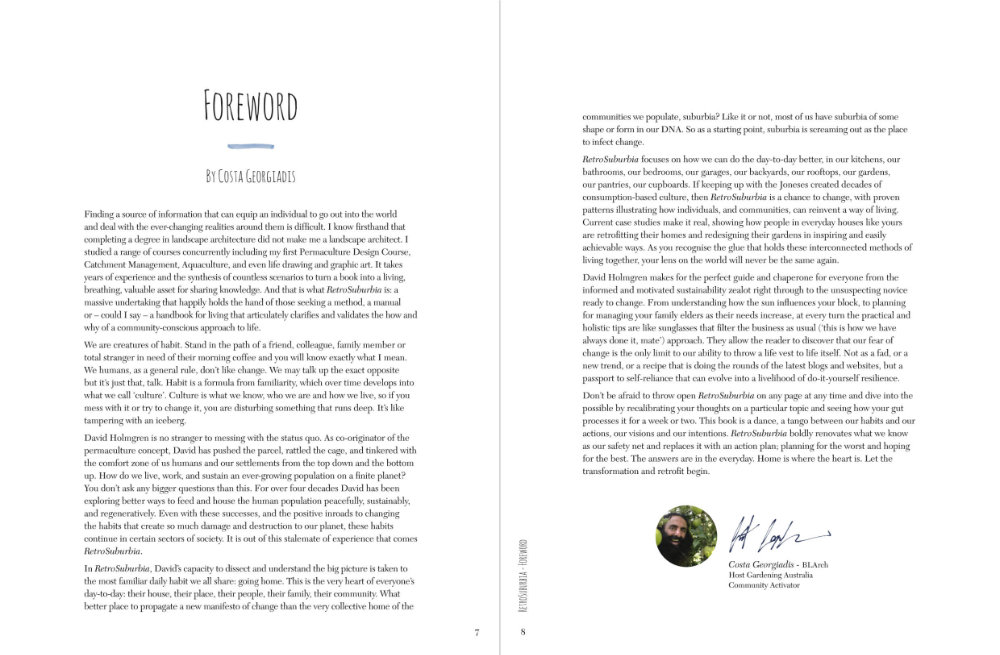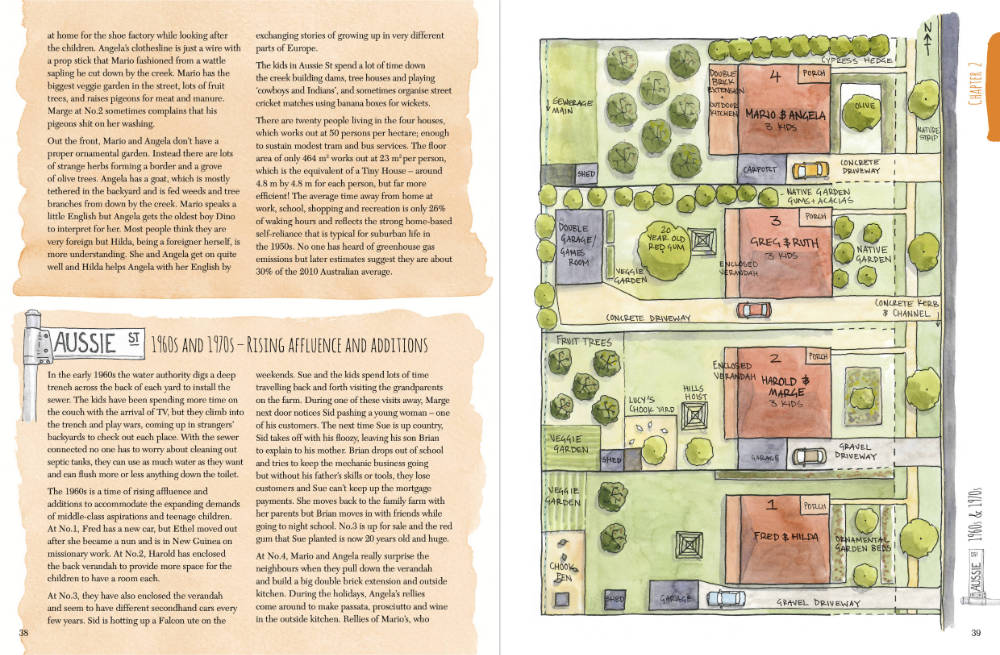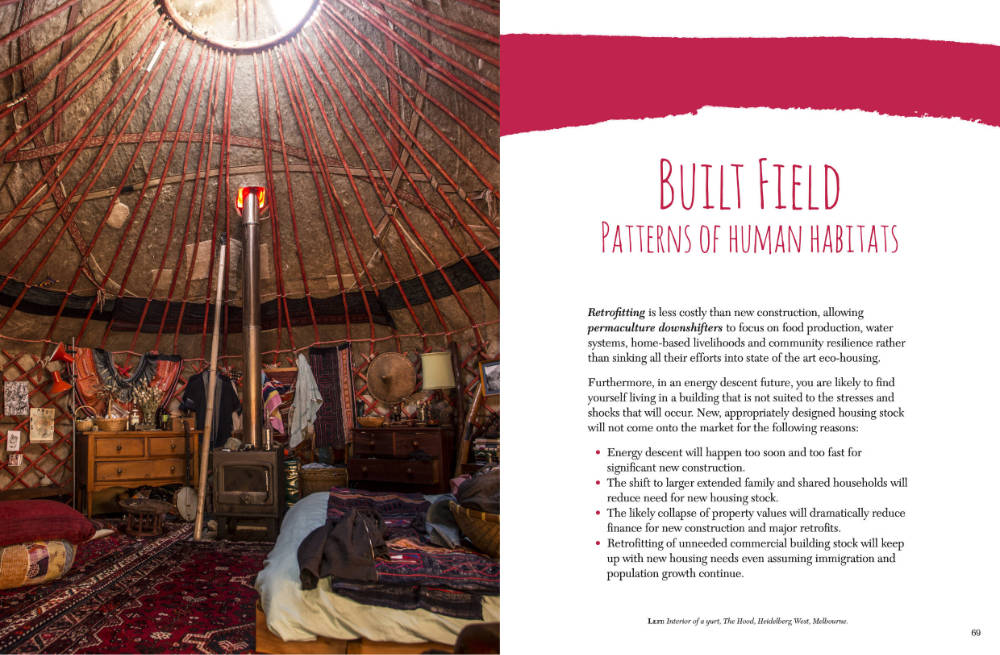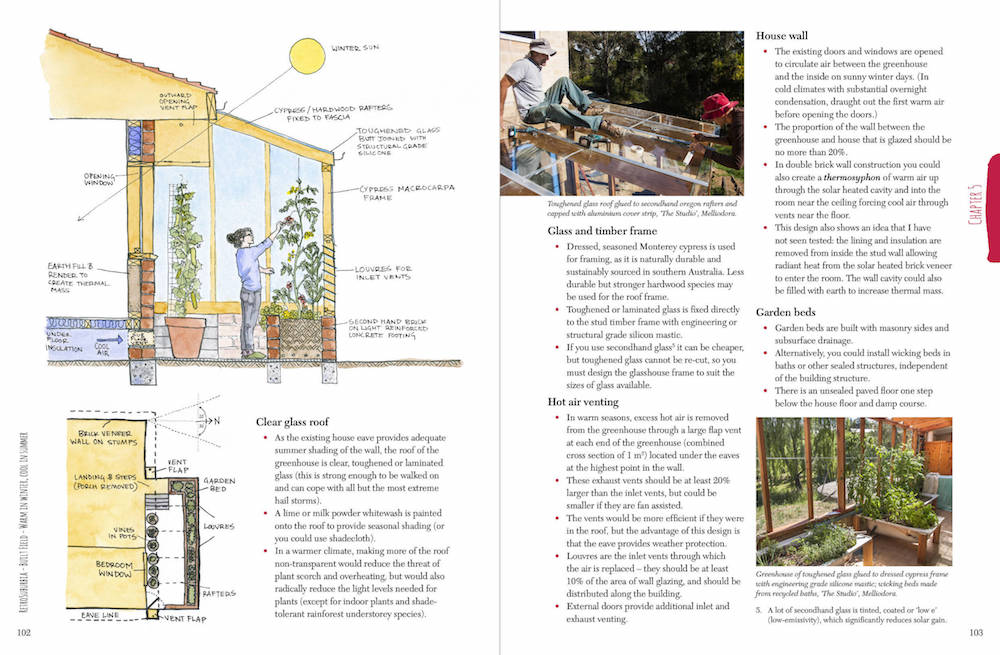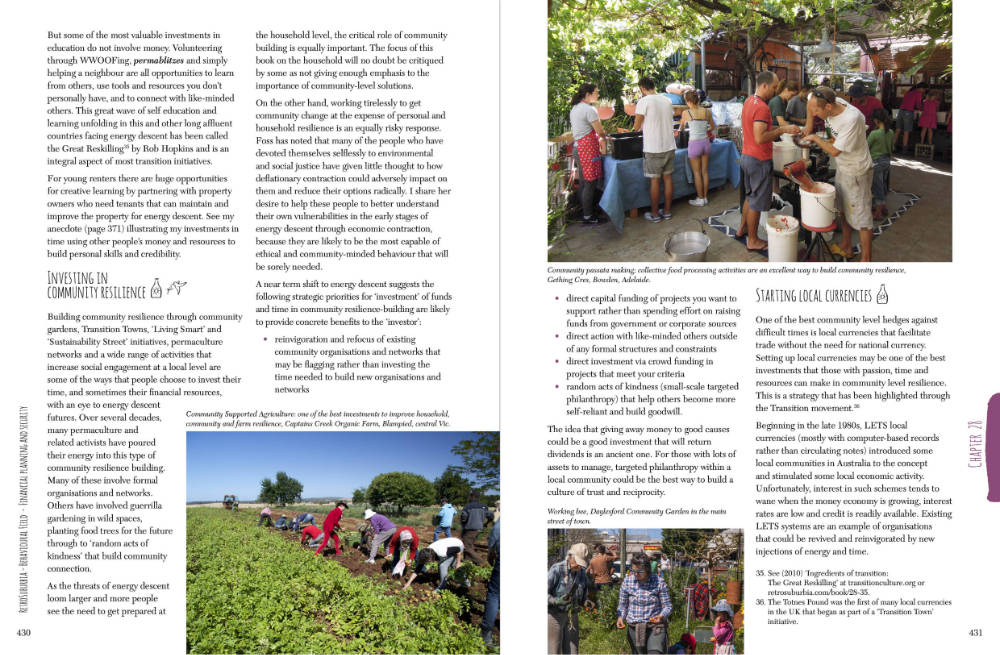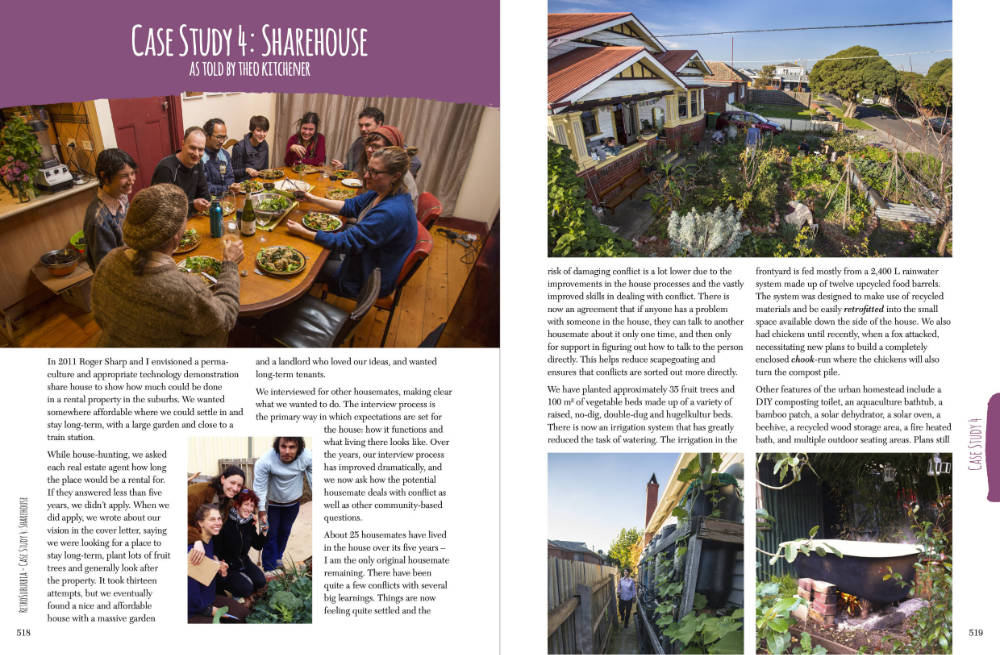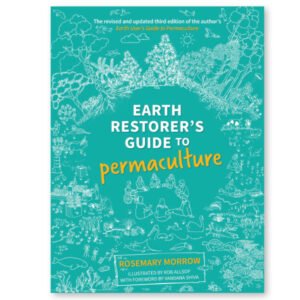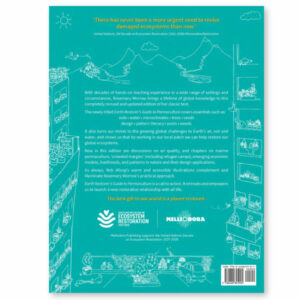RetroSuburbia: the downshifter’s guide to a resilient future
$ 59.95
ISBN: 9780994392879
Author: Holmgren, David
Publisher: Melliodora Publishing
Format: Paperback
Size (in): 8.2 x 10.8 x 1.6 / Weight (lbs): 4
MSRP: $59.95
Discount: 45%. Bulk discount 50% for 6+ copies.
Publication date: November 2018
- Written by the co-originator of Permaculture, David Holmgren
- 90 watercolor illustrations by Brenna Quinlan
- 400 full color photos
- Practical how-to-guide for living a sustainable lifestyle
- Case studies: real-life examples of homeowners and renters creating change and building resilience
Description
This 592 page manual shows how we can downshift and retrofit our lives, homes and gardens to be more sustainable and resilient. It promises a challenging but exciting mix of satisfying work, a more meaningful way of living, and hope for the next generation as we move towards an uncertain future.
RetroSuburbia is divided into three main sections: Built Field, Biological Field and Behavioral Field along with an introductory section ‘Setting the scene’.
Outline of RetroSuburbia
Setting The Scene
Setting The Scene explores the big-picture issues and concepts. It includes thinking tools that David believes are useful in creating household resilience towards the challenges likely to occur in the future.
Key challenges and Retrosuburban responses: outlining the connections between the personal and global challenges of the near future. David looks at how suburbia might be a good place to survive and thrive in challenging times. It also introduces some of the thinking tools, such as permaculture and pattern languages, to help retrofit suburbia one household at a time.
Built Field: Patterns of Human Habitats
Covering the recurring patterns and design solutions relevant to retrofitting detached houses and the other physical systems that support suburban households. This is an obvious starting point for anyone who wants to make their place a better long-term prospect.
Retrofitting is less costly than new construction. It allows permaculture downshifters to focus on food production, water systems, home-based livelihoods and community resilience rather than sinking all their efforts into state of the art eco-housing.
Biological Field: Patterns of life and growth
Every residential block has soil with a history of use and/or abuse, established plantings (some of which may produce food) and a wider ecological context; sunshine, water, wind, vegetation and wildlife, that influence the site. The possibilities for retrofitting the Biological Field are many.
This section introduces recurring patterns and proven design solutions for abundant small-scale farming in suburbia. It doesn’t tell you how to raise seedlings or graft a tree but it will help you select and design the best growing systems for vegetables and fruit trees. Also included are guidelines on what to grow to make best use of the space you have.
Behavioral Field: Patterns of decisions and actions
The Behavioral Field includes everything about how we live in the Built and Biological Fields, from our most unconscious actions through to complex collective organization that extends from the household out into the wider community and economy.
In every chapter David has tried to provide a strategic overview with practical tips and an encouragement to collaborate, all with the aim of bringing Retrosuburbia to life. Even when we can’t change the building, the season or the people we live with, we can always change how we see and experience life for the better. This is a call to action to make Retrosuburbia the new normal in your household, street and neighbourhood
 David Holmgren is best known as the co-originator with Bill Mollison of the permaculture concept following the publication of Permaculture One in 1978. Within the growing and international permaculture movement, David is respected for his commitment to presenting permaculture ideas through practical projects and teaching by personal example that a sustainable lifestyle is a realistic, attractive and powerful alternative to dependent consumerism.
David Holmgren is best known as the co-originator with Bill Mollison of the permaculture concept following the publication of Permaculture One in 1978. Within the growing and international permaculture movement, David is respected for his commitment to presenting permaculture ideas through practical projects and teaching by personal example that a sustainable lifestyle is a realistic, attractive and powerful alternative to dependent consumerism.
As well as constant involvement in the practical side of permaculture, David is passionate about the philosophical and conceptual foundations for sustainability, which he explored in Future Scenarios (2009), and Permaculture: Principles and Pathways Beyond Sustainability (2003/2017) and his most recent book RetroSuburbia (2018).
With an increasingly high profile as a public speaker, David Holmgren provides leadership with his refreshing and unorthodox approach to the environmental issues of our time. David lives with his partner Su Dennett at “Melliodora“, a one-hectare permaculture demonstration site at Hepburn Springs, Central Victoria, Australia. Visit his web site at holmgren.com.au.
Additional information
| Weight | 4 lbs |
|---|---|
| Dimensions | 10.8 × 8.2 × 1.6 in |
| ISBN | 9780994392879 |

